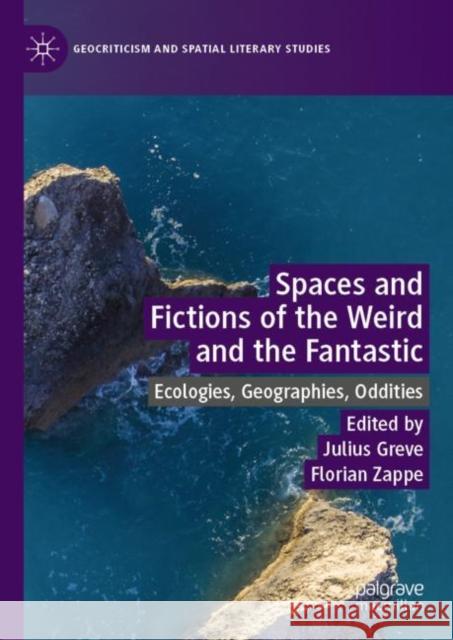Spaces and Fictions of the Weird and the Fantastic: Ecologies, Geographies, Oddities » książka
topmenu
Spaces and Fictions of the Weird and the Fantastic: Ecologies, Geographies, Oddities
ISBN-13: 9783030281151 / Angielski / Twarda / 2019 / 208 str.
Spaces and Fictions of the Weird and the Fantastic: Ecologies, Geographies, Oddities
ISBN-13: 9783030281151 / Angielski / Twarda / 2019 / 208 str.
cena 443,82
(netto: 422,69 VAT: 5%)
Najniższa cena z 30 dni: 424,07
(netto: 422,69 VAT: 5%)
Najniższa cena z 30 dni: 424,07
Termin realizacji zamówienia:
ok. 22 dni roboczych.
ok. 22 dni roboczych.
Darmowa dostawa!
Kategorie:
Wydawca:
Palgrave MacMillan
Seria wydawnicza:
Język:
Angielski
ISBN-13:
9783030281151
Rok wydania:
2019
Wydanie:
2019
Numer serii:
000755111
Ilość stron:
208
Waga:
0.41 kg
Wymiary:
21.01 x 14.81 x 1.42
Oprawa:
Twarda
Wolumenów:
01
Dodatkowe informacje:
Wydanie ilustrowane











